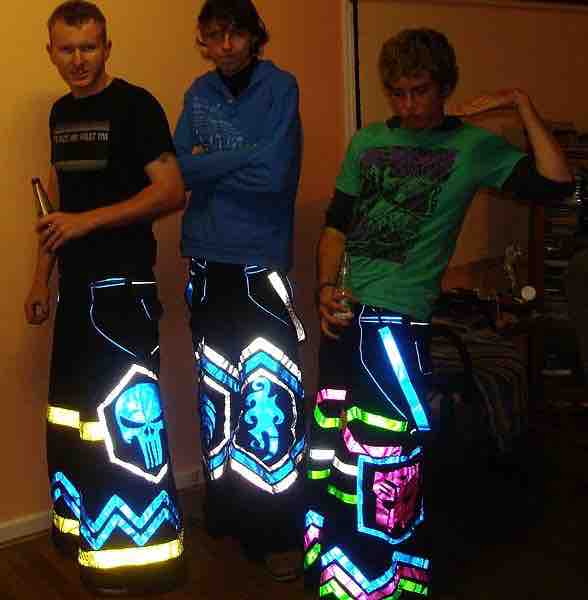A youth subculture is group of young people defined by distinct styles, behaviors and interests. Youth subcultures offer participants an identity outside of that prescribed by social institutions like family, work, home and school. Youth subcultures that show a systematic hostility to the dominant culture are sometimes described as countercultures. Youth music genres are associated with many youth subcultures, and include punks, emos, ravers, Juggalos, metalheads and goths . The study of subcultures often consists of the study of the symbolism attached to clothing, music and other visible affections by members of the subculture. It also studies the ways these same symbols are interpreted by members of the dominant culture.

Emo Subculture
Example of a participant in emo subculture.
The term "scene" can refer to an exclusive subculture or faction. Scenes are distinguished from the broad culture through either fashion, identification with specific (sometimes obscure or experimental) musical genres or political perspectives, and a strong in-group or tribal mentality. The term can be used to describe geographic subsets of a subculture, like the Detroit drum and bass scene or the London goth scene.
Theories about Subcultures
Early studies in youth culture were mainly produced by those interested in functional sociology and focus on youth as a single form of culture. In explaining the development of the culture, they utilized the concept of anomie - a lack of social norms. Talcott Parsons argued that as we move from the family and corresponding values to another sphere with differing values, we would experience an "anomie situation. "
Marxist theories account for some diversity, as they focus on classes and class-fractions rather than youth as a whole. Stuart Hall and Tony Jefferson described youth subcultures as symbolic or ritualistic attempts to resist the power of bourgeois hegemony by consciously adopting behavior that appears threatening to the establishment. Conversely, Marxists of the Frankfurt School of social studies argue that youth culture is inherently consumerist and integral to the divide-and-rule strategy of capitalism.
Subcultures may also be seen as extensions of crowds. Certain crowds are found in many, even most, high schools across the United States, although the particular terms used by adolescents in them vary (nerds instead of geeks, goths instead of emos, etc.). Most of these can be found in other western countries as well, with the exception of jocks.

Ravers
Ravers adorned in reflective Phat Pants.